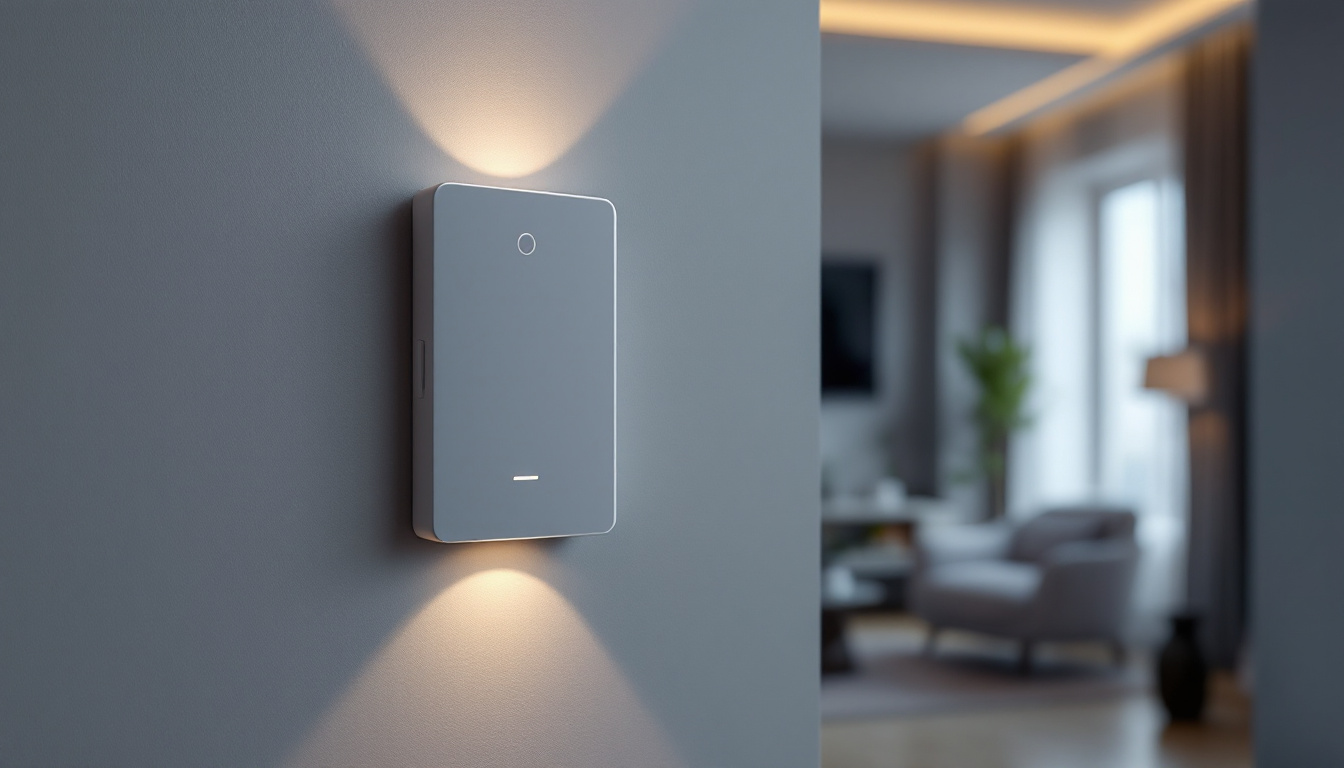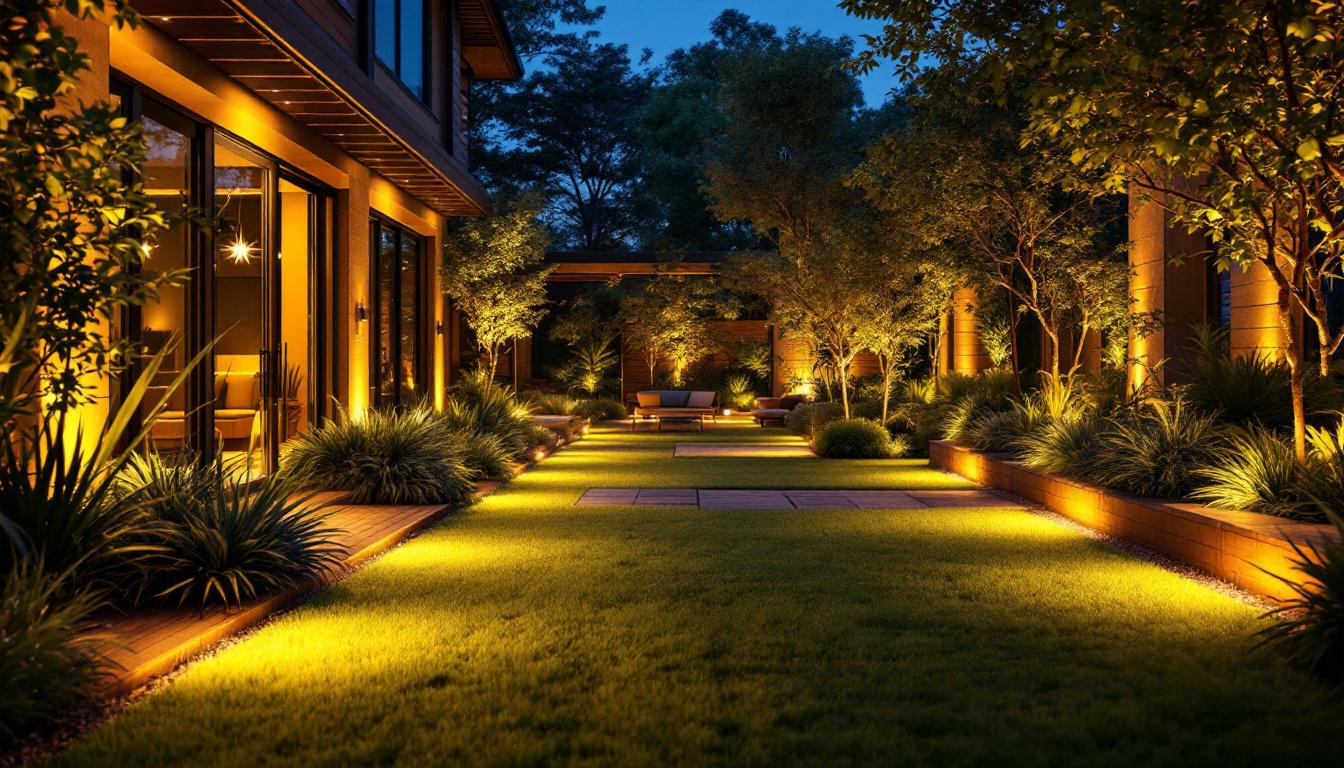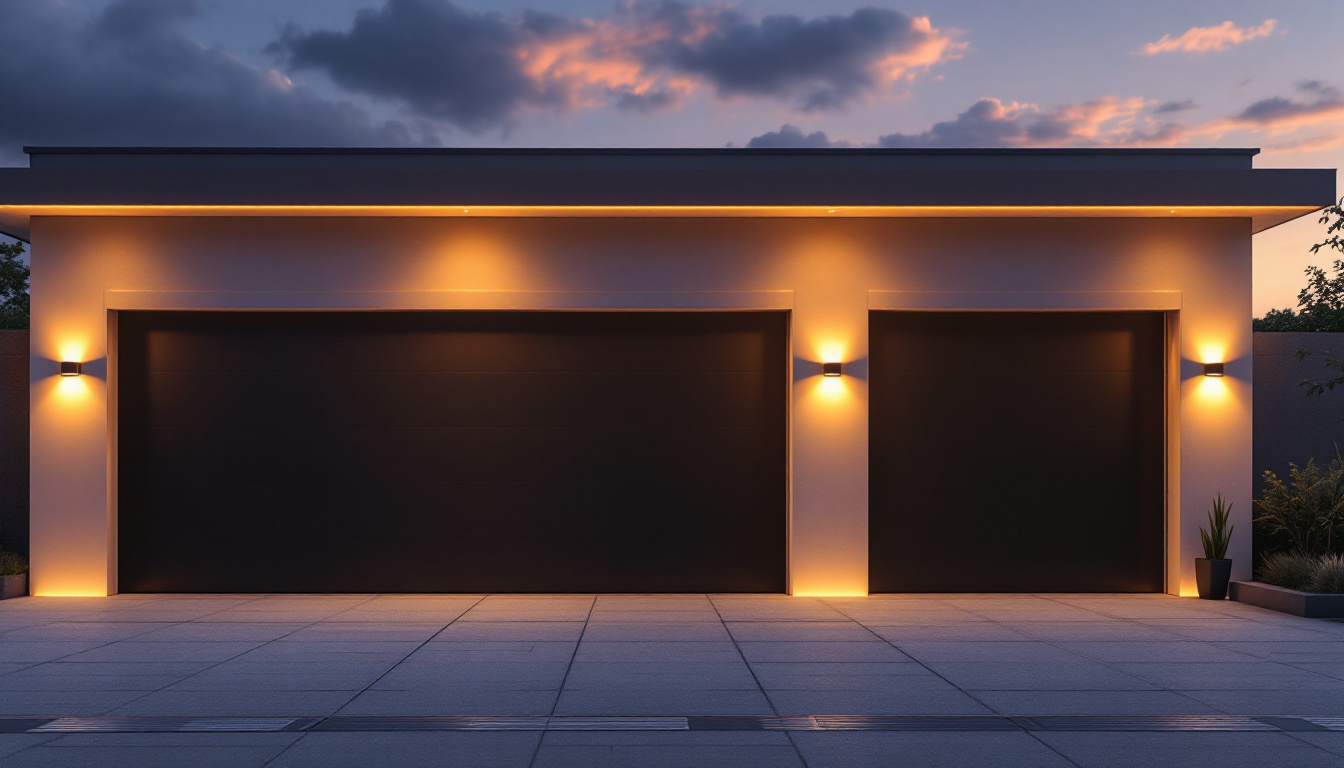
In the world of lighting design and installation, the choice of lighting diffuser can significantly impact both the functionality and aesthetics of a space. For lighting contractors, understanding the various types of diffusers and their applications is essential for delivering high-quality results to clients. This article explores the critical aspects of lighting diffusers, including their types, benefits, and installation considerations.
Lighting diffusers are materials or devices that scatter light, reducing glare and creating a more even distribution of illumination. They play a vital role in enhancing the quality of light in residential, commercial, and industrial settings. By diffusing light, these devices help to eliminate harsh shadows and create a more inviting atmosphere. The choice of a suitable diffuser can significantly impact the overall mood and functionality of a space, making it essential for designers and homeowners alike to understand their options.
Moreover, the use of lighting diffusers can also contribute to energy efficiency. By distributing light more evenly, diffusers can reduce the need for multiple light sources, allowing for lower energy consumption while maintaining adequate brightness. This not only leads to cost savings on electricity bills but also aligns with sustainable practices by minimizing the environmental footprint associated with lighting.
There are several types of lighting diffusers available, each designed for specific applications. Some of the most common types include:
Incorporating diffusers into lighting designs provides numerous advantages. Some of the key benefits include:
Additionally, lighting diffusers can be tailored to meet specific needs, such as controlling color temperature or adjusting light intensity. For example, some diffusers are designed to create a warmer light, which can be particularly effective in spaces meant for relaxation or social interaction. Others may focus on maximizing brightness for workspaces, ensuring that tasks can be performed efficiently without the distraction of harsh lighting. This adaptability makes diffusers an essential component in achieving the desired lighting effects in any environment.
Selecting the appropriate diffuser is crucial for achieving the desired lighting effect. Factors to consider include the type of space, the purpose of the lighting, and the specific requirements of the project.
Before choosing a diffuser, it is essential to assess the characteristics of the space. Factors such as ceiling height, wall color, and the presence of natural light can influence the effectiveness of a diffuser. For example, in a room with high ceilings, a more powerful diffuser may be necessary to ensure adequate light distribution. Additionally, the layout of the furniture and the presence of any architectural features, like beams or alcoves, can affect how light interacts with the space. A well-planned assessment can help in determining not just the type of diffuser required, but also its placement for optimal effect.
Different spaces have varying lighting needs. For instance, a workspace may require bright, focused lighting, while a residential area may benefit from softer, ambient light. Understanding the lighting requirements of each space will guide the selection of the appropriate diffuser type. Moreover, consider the activities that will take place in the area. For example, a kitchen may need brighter, more direct lighting for cooking tasks, whereas a living room might require a warmer, more inviting glow for relaxation. This nuanced understanding of lighting needs can significantly enhance the functionality and comfort of the environment.
The material of the diffuser can impact both performance and aesthetics. Acrylic and polycarbonate are excellent choices for durability, while glass may be preferred for its visual appeal. Additionally, the thickness and texture of the material can influence light diffusion properties. For instance, frosted glass can create a softer light, while clear glass may produce a more intense beam. It’s also worth noting that some materials can be treated or coated to enhance their light-diffusing capabilities or to reduce glare, making them more suitable for specific applications. Choosing the right material not only affects the quality of light but also contributes to the overall design theme of the space.
Proper installation of lighting diffusers is essential for achieving optimal performance. Here are some key tips for lighting contractors:
Each diffuser comes with specific installation instructions provided by the manufacturer. Adhering to these guidelines ensures that the diffuser functions as intended and prolongs its lifespan.
Diffusers can be mounted in various ways, including flush mounting, pendant mounting, or recessed installation. Choosing the right mounting option will depend on the design of the fixture and the intended lighting effect.
When installing diffusers, it is crucial to ensure that they are properly aligned with the light source. Misalignment can lead to uneven light distribution and diminish the effectiveness of the diffuser.
To maintain the performance and appearance of lighting diffusers, regular cleaning and care are necessary. Dust and grime can accumulate on the surface, affecting light quality.
When cleaning diffusers, it is essential to use non-abrasive materials and gentle cleaning solutions. For acrylic and polycarbonate diffusers, a mild soap solution and a soft cloth are often sufficient. Glass diffusers can be cleaned with standard glass cleaner, but care should be taken to avoid scratches.
Conducting regular inspections of lighting diffusers can help identify any signs of damage or wear. Cracks, discoloration, or warping can affect the performance of the diffuser and should be addressed promptly.
The lighting industry is continually evolving, and advancements in diffuser technology are no exception. New materials and designs are emerging that enhance the functionality and aesthetics of lighting diffusers.
With the rise of smart lighting systems, smart diffusers are becoming increasingly popular. These diffusers can be integrated with lighting controls to adjust brightness and color temperature based on user preferences or environmental conditions.
As sustainability becomes a priority in the construction and design industries, eco-friendly diffusers made from recycled or biodegradable materials are gaining traction. These options not only reduce environmental impact but also appeal to environmentally conscious clients.
Even experienced lighting contractors can make mistakes when it comes to selecting and installing diffusers. Being aware of common pitfalls can help ensure a successful project.
One of the most significant mistakes is failing to consider how the diffuser will affect light distribution. A diffuser that is too thick or improperly designed can lead to insufficient illumination in certain areas.
Another common error is overlooking the aesthetic compatibility of the diffuser with the overall design of the space. A diffuser that clashes with the decor can detract from the overall ambiance.
Finally, it is crucial to engage with clients about their preferences and expectations. Ignoring client input can lead to dissatisfaction and may result in costly changes later in the project.
Examining successful applications of lighting diffusers can provide valuable insights for contractors. Here are a couple of notable examples:
In a recent commercial office renovation, the use of frosted acrylic diffusers significantly improved the lighting quality. The diffusers were strategically placed in overhead fixtures to create a uniform light distribution, enhancing employee productivity and comfort.
In a luxury residential project, custom glass diffusers were designed to complement the modern aesthetic of the home. The diffusers not only provided beautiful light but also served as a focal point in the interior design, showcasing the homeowner’s style.
Lighting diffusers are a crucial component in the toolkit of lighting contractors. By understanding the various types, benefits, and installation techniques, contractors can deliver exceptional lighting solutions that meet the needs of their clients. As technology continues to evolve, staying informed about innovations in diffuser technology will further enhance the ability to create stunning and functional lighting designs.
Ultimately, the right choice of diffuser can transform a space, making it more inviting and functional. With careful consideration and attention to detail, lighting contractors can ensure that their projects shine brightly, both literally and figuratively.
Ready to elevate your lighting projects with the best diffusers on the market? At LumenWholesale, we provide lighting contractors with an exceptional range of high-quality, spec-grade lighting products at unbeatable wholesale prices. Say goodbye to local distributor markups and hello to superior lighting solutions that meet the highest industry standards. Our extensive selection ensures you have access to reliable and high-performance lighting for every project. Plus, with free shipping on bulk orders, you can enjoy premium lighting at the best value — all without hidden fees or compromises. Don’t miss out on the perfect blend of quality, affordability, and convenience. Visit LumenWholesale today and discover Wholesale Lighting at the Best Value for your next project.

Discover how movement sensor light switches can revolutionize your lighting projects by enhancing energy efficiency and convenience.

Discover the transformative role of low voltage outdoor lighting connectors in modern lighting design and installation.

Discover the key factors that distinguish top lighting contractors in outdoor garage lighting projects.

Learn how to train your team in lighting with our expert guide on exterior light sockets.